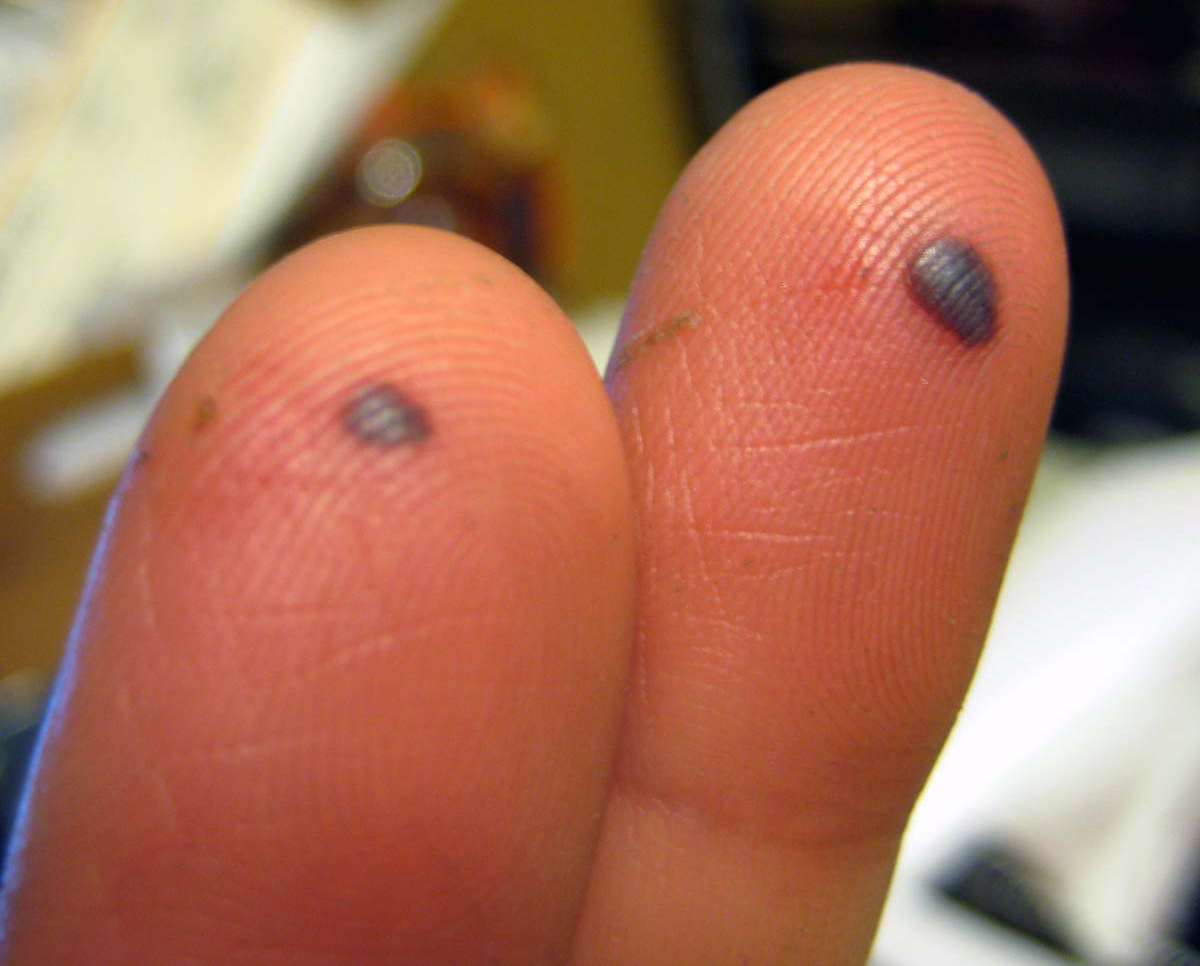Blood blisters are like any other blister, only that they’re filled with blood rather than clear fluid. They occur when the skin is pinched and the surface remains unbroken. The blood remains confined at the site of injury causing a blister. Blood blisters can be ugly, painful and displeasing to look at. They can form on various body parts including the hands, joints, mouth, feet and sometimes on the toes and heels. In most cases, blood blisters are not harmful but can develop into an infection, ulcers or even cancer. This article by Healthsumo will tell you everything you need to know about them.
Here are 5 things you need to know about blood blisters:
- Blood blisters affect different body parts
Mouth blisters are often a result of accidental injuries and can be discomforting and unpleasant to look at. It would be important to see a doctor if a mouth blister takes longer than usual to heal, grows too big or prevents you from drinking, speaking and eating. You should avoid eating spicy foods if you desire to minimize the risk of blood blisters developing on your mouth and lips. Removing debentures also gives the sore enough time to heal. Other oral blood blisters are caused by allergic reactions, medical disorders, accidental biting and maybe stress. Blisters on the scrotum, for instance, can be as a result of genital herpes which is an STD caused by the herpes viruses. They are often very painful with a feeling of irritation. They could take longer to heal, and it would be important to get a checkup from a doctor. A blood blister on the toes could be as a result of wearing bad shoes or socks. They can be overcome by wearing breathable shoes, comfortable shoes and applying moisturizers when jogging or running.
- How to carefully handle a blood blister
In most cases, blisters can be cleared without consulting a doctor. You should try as much as possible to prevent the blister from bursting. They should only be pierced if they are very large, irritating or too painful. In case you decide to pop up your blood blister, you should make sure you clean the blister area and your hands before the procedure, use a sterilized needle and avoid peeling off the broken blister to avoid infections. After successfully carrying out the procedure you should watch out for certain infections such as pus and redness. You can also seek medical attention.
- How long blood blisters last
Blood blisters may be awfully painful and very uncomfortable, but they could be left for one to two weeks to heal. Their healing, however, is dependent on factors like the cause of the blister, how bad the infection is, your body immunity and the type and speed of treatment being used. Continued disturbance of the blister could make them large and even cause them to tear. Therefore for it to heal quickly, you should avoid any additional friction or pressure on the blister.
- How you should treat a blood blister
In most cases, blood blisters do not require any treatment as they can naturally heal and later on dry up. Medics often advise that the blister is left alone to heal by itself. It will ensure that the blister is not infected further. However, those that occur on the feet and toes may be treated by applying ice, wrapping it loosely to avoid friction, wearing breathable shoes, cleaning the blister in case it bursts open and most importantly seeing a doctor if need be. Natural cures such as creams and natural herbs can be used too. Most importantly you should avoid popping the blood blister but allow it to heal by itself to avoid further complications.
- How to prevent blood blisters
There are several ways you would prevent getting a blood blister including keeping your hands and feet dry. Friction is most likely to occur on your hands and feet causing blisters. For this reason, you need to protect your hands and feet by wearing gloves when carrying out tasks that require you to use tools such as a rake or ax. Wearing fitting footwear also helps reduce chances of blood blisters occurring. Finally, you need to avoid any incident that may cause skin abrasion, fungal skin infection and also get frostbite in cold weather. All these situations increase your chances of getting blood blisters.
References:
https://www.ncbi.nlm.nih.gov/pmc/articles/PMC3088393/
Comments
comments
